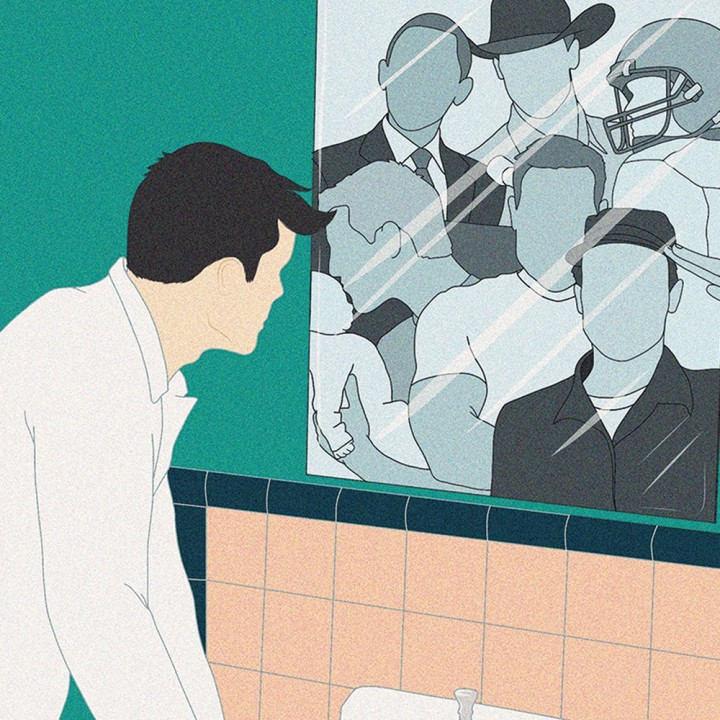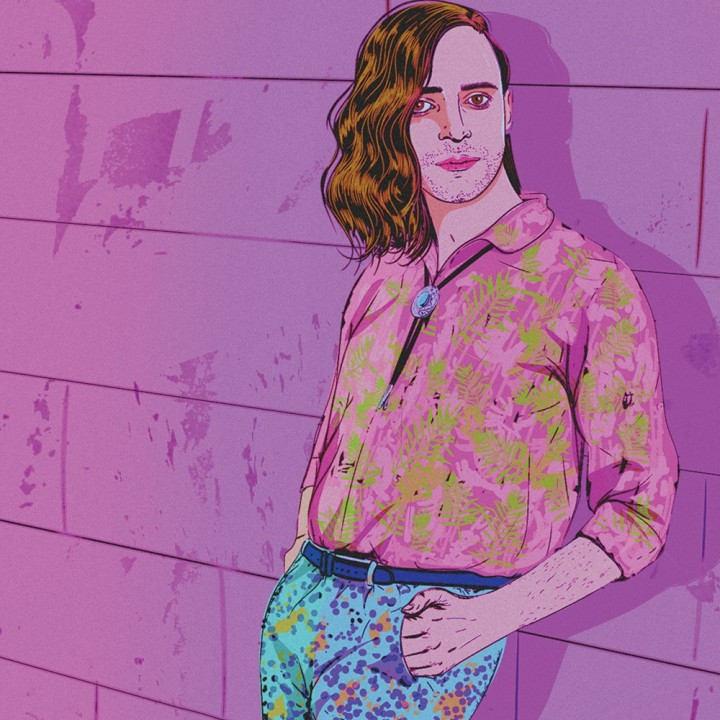
What Makes a Jihadist? A Nazi? The Science of Extremism
If you asked members of violent extremist groups why they initially joined, you might expect them to say they identify with white supremacist beliefs. However, Michael Kimmel, the executive director of SUNY Stony Brook's Center for the Study of Men and Masculinities, interviewed more than 75 former extremists for his latest book Healing from Hate: How Young Men Get Into—and Out of—Violent Extremism, and their answers weren’t that simple. Kimmel noticed a common theme, whether he was talking to neo-Nazis, ex-jihadists, or other far-right extremists: "They don’t get in because they have racist ideas. They get racist ideas because they get in."
While researching Healing from Hate, Kimmel found that many young men are drawn to hate groups for reasons that have nothing whatsoever to do with ideology. "It has to do with the idea of brotherhood, camaraderie, connection, community—people who validate your masculinity." The hate comes in when the “brothers” start saying things like, “Not only are you awesome, but you have a sacred mission of preserving the white race.” Violent extremist groups often intentionally target kids who feel emasculated. Kimmel says, “When they go into high schools, they know how to identify the kids that might eventually be one of them." A teen that doesn’t fit in, and has been bullied at school or abused at home, is furious with the world. The hate group not only offers him a place to belong, it channels his anger and gives him a sense of power. Kimmel says, “A lot of these guys told me stories about when they were adolescents. They were filled with rage. They didn’t know who to hate, who to be angry at, but they knew they were angry. This was a way to express that.”
A lot of these guys told me stories about when they were adolescents. They were filled with rage. They didn’t know who to hate, who to be angry at, but they knew they were angry. This was a way to express that.
Hasselbach is the founder of EXIT Deutschland, an organization that helps other people leave the Nazi movement and build new lives for themselves. Getting out of an extremist group is a complicated process, because the groups often retaliate against members who try to leave with death threats and physical attacks. Their closest allies become their worst enemies. Kimmel says, “If you want to help these guys get out, you can’t just say, ‘By the way, your ideology is wrong’ or ‘Your interpretation of Mein Kampf is wrong,’ because that won’t resonate at all. These guys are in it for the emotional experience of connectedness, and if you don’t minister to that, you won’t really be able to help them get out.” The support groups he focuses on in Healing from Hate, including Life After Hate in the United States, are all run by “formers” like Hasselbach. Since they’ve been in the movement themselves, they understand that if a sense of brotherhood and camaraderie is part of why people join—and remain in—hate groups, exit organizations have to be able to offer them those same kinds of connections outside the movement.
Kimmel has written several books on men and masculinity, and while writing his previous one, Angry White Men: American Masculinity at the End of an Era, he noticed that when men feel that their place in society is threatened, they may feel a sense of what he refers to as “aggrieved entitlement.” Healing from Hate grew out of his interest in the connections between masculinity and violence. His emphasis on gender is intentional. While women join hate groups, too, they do so in much smaller numbers. Kimmel says, “EXIT in Sweden has had about 900 people go through their program, and of the 900, about 20 or 30 have been women.” He says this disparity can be explained by comparing the rules of femininity and masculinity. “If you’re a girl and you’re angry, what girls often do with that anger is they turn it inward.” Men, on the other hand, often want to be feared, because they mistake fear for respect.
Let me be very, very clear. I do not believe that by understanding gender you will understand the emergence and growth of white nationalist groups, but I think without gender, you can’t understand it.
Life After Hate, a nonprofit organization that helps people leave violent far-right extremist movements behind, received a $400,000 grant from the U.S. Department of Homeland Security’s Countering Violent Extremism program in 2016. In June 2017, the Trump administration canceled the grant, because they didn’t consider domestic terrorism a serious threat. Kimmel says that after Life After Hate lost the grant, they raised $800,000 in a matter of weeks. While the government didn’t support them, the general public did.
“People really do want to be able to support a group of formers helping other guys get out. That is such an amazing idea,” says Kimmel. He believes Healing from Hate is the most hopeful book he’s ever written. “These guys have been to the darkest place you can imagine, and they got out. Everyone had written them off except themselves, except each other.” It was the sense of support and community that initially drew them to extremism, and building new support systems may be the only way they can set themselves free.






